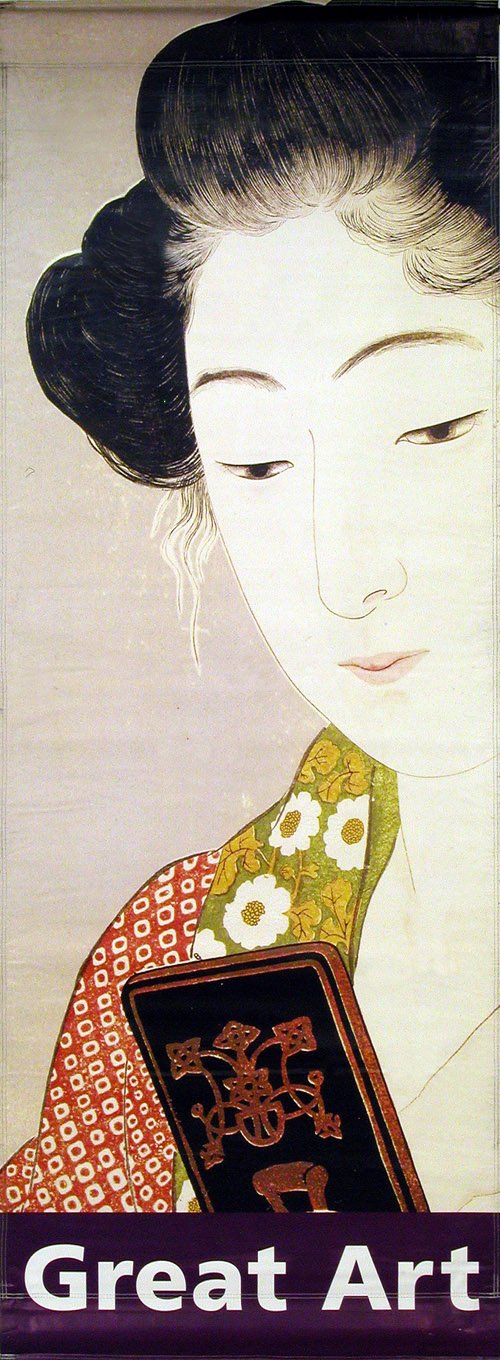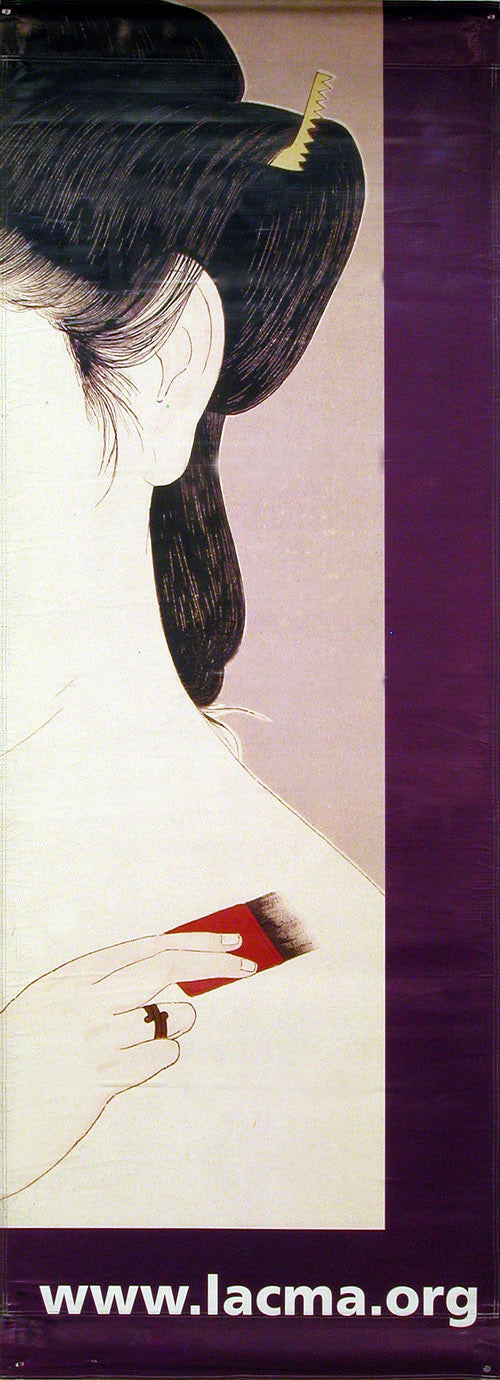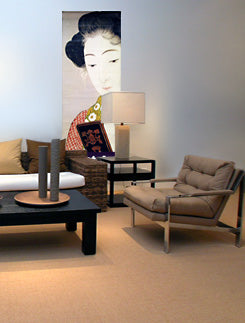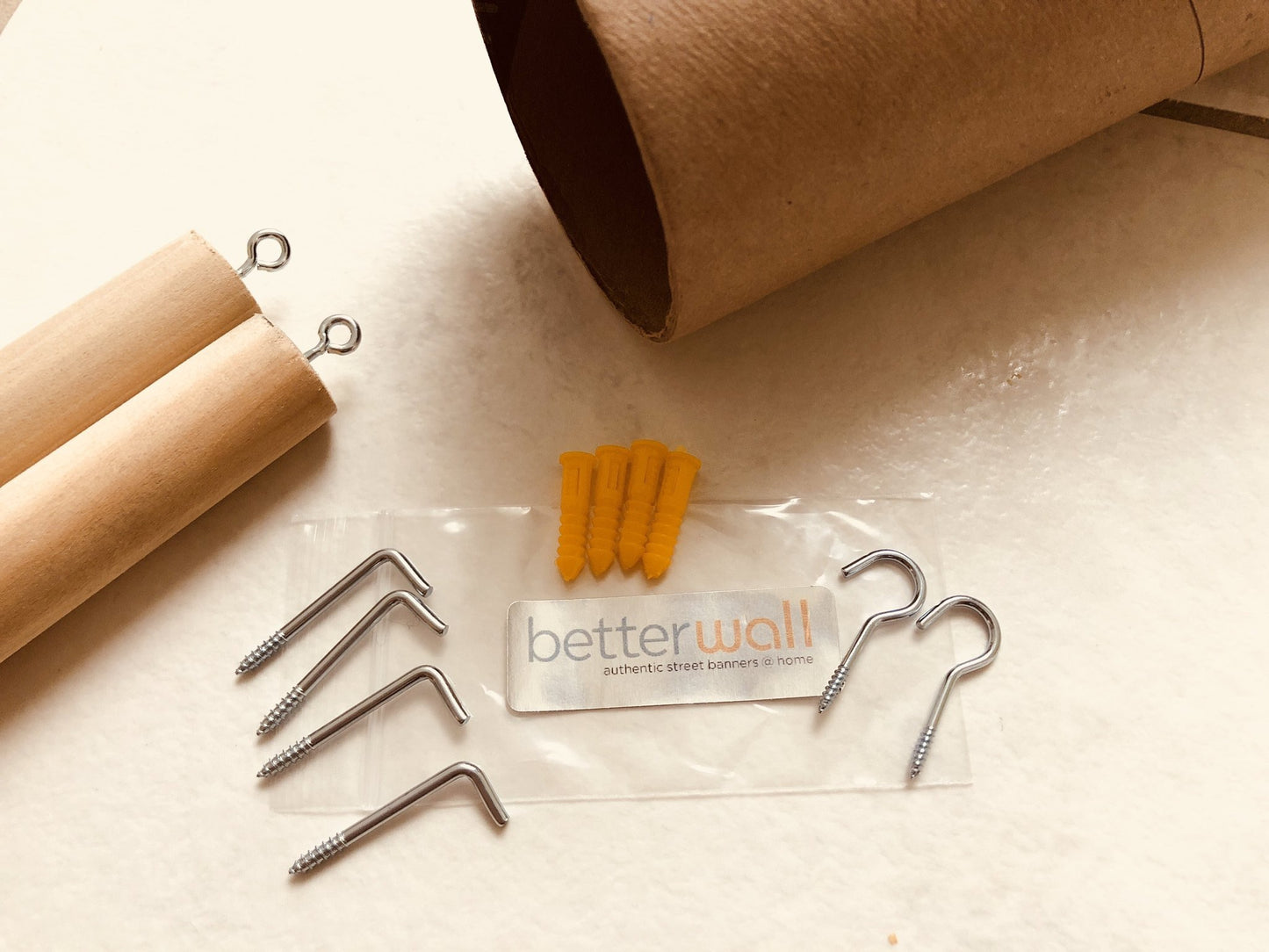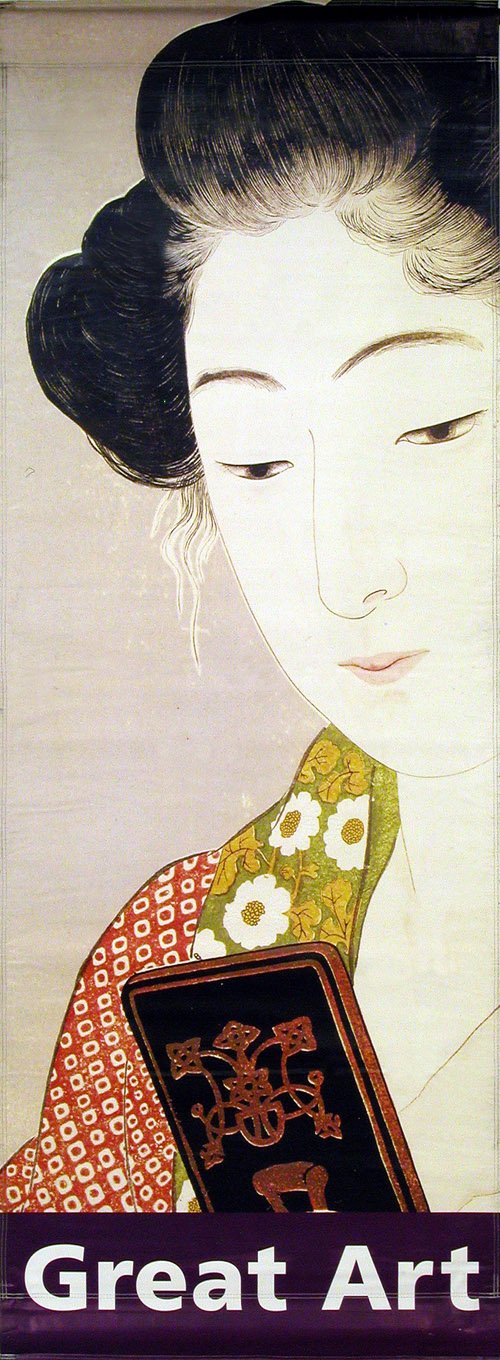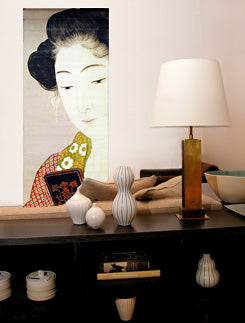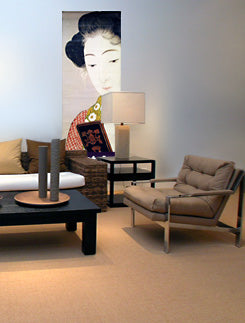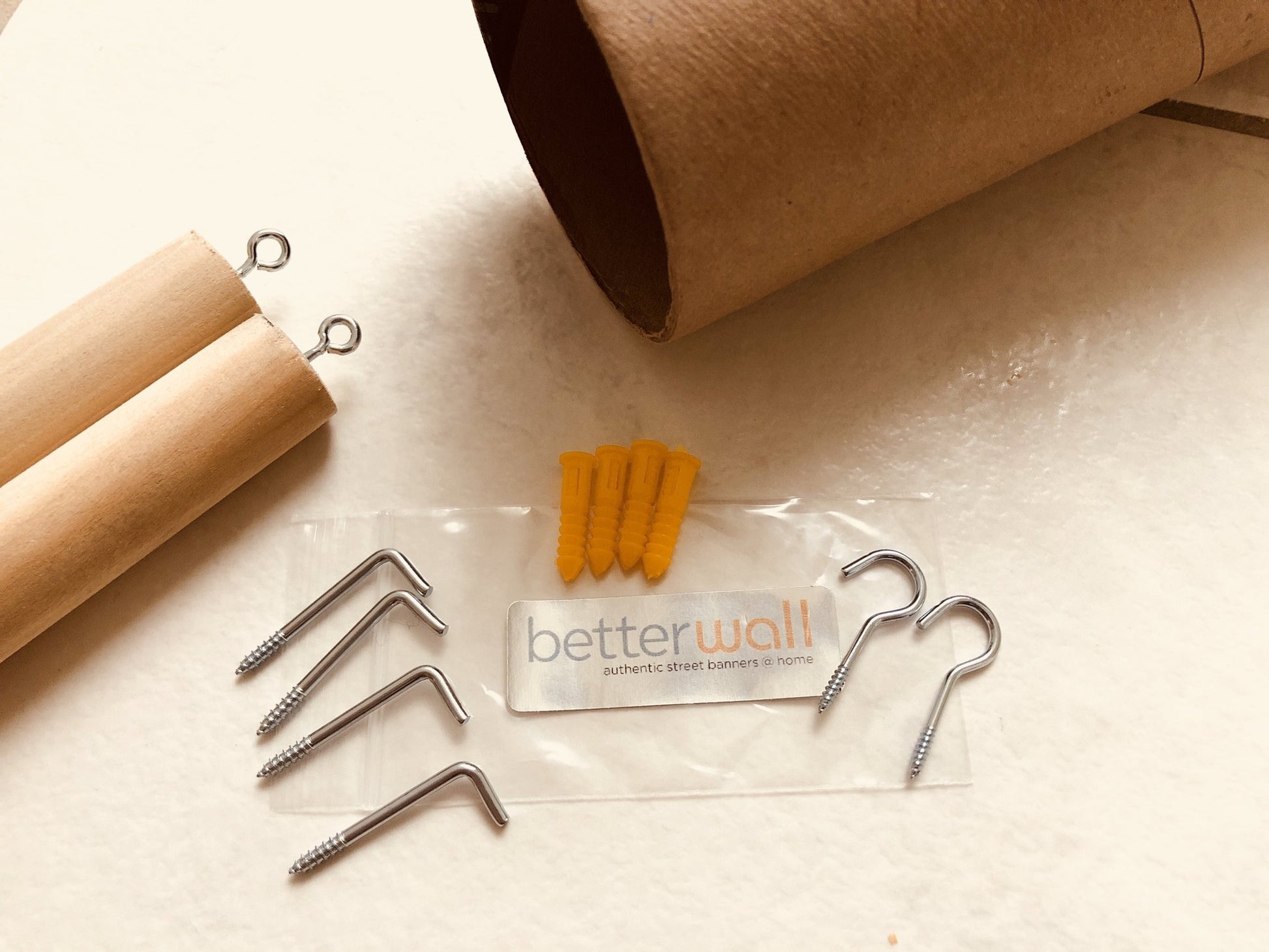LACMA
Japanese Print "Woman"
Japanese Print "Woman"
Couldn't load pickup availability
Share
Limited Edition: 21
Exhibition: Great Art at LACMA
Material: Printed 2-ply vinyl
Dimensions: 35" x 96" (88cm x 243cm)
Hanging Hardware Included
Description
Hashiguchi Goyo was one of the greatest artists to take part in an art movement in Japanese print-making that thrived between about 1910 and 1960. Termed shin hanga, meaning new prints the movement took the traditional Edo period art of ukiyo-e to a new level. Where ukiyo-e popularized printmaking and art to a wider audience, shin hanga updated this by incorporating Western elements and techniques.
The shin hanga movement did not blindly imitate Western art styles, but rather concentrated on applying new elements to traditional subjects, in Hashiguchi’s case, beautiful women. Just as the European Impressionists incorporated Japanese elements, or japonisme into their work, shin hanga artists were inspired by the Impressionists. They particularly admired the effects of light and the expression of atmosphere. The result was a technically superb and compelling new style of Japanese prints.
The movement was originated not by an artist, but by a publisher, Watanabe Shozaburu, who hired artists to create these prints targeting the U.S. and Western markets. His good business sense paid off, and the prints were immediately a hit with this audience. But the Japanese themselves soon appreciated the beauty and modern appeal of shin hanga.
Hashiguchi was known for the technical mastery of his carving, and for his lavish printing process, often using fine mica for his backgrounds. He was a stickler for quality, and printed his own works rather than working with a publisher to ensure his high standards. Because of this, his prints were published only in very small editions, and they were much more expensive than other shin hanga prints of the time. This banner features a detail of one such print, Woman at Toilette from 1918.
With a smooth, oval face and pale, white skin, the woman in the print epitomizes the Japanese ideal of beauty. The fine carving of details such as her hair are clearly seen in this large-scale reproduction of the work. Other elements such as her patterned garment and hand mirror show similar skill. Below the image is a deep purple band with white text that simply reads “Great Art”. The banner was designed to span a street lamp post, so hanging two banners side-by-side would create a large, complete image. The other side of the banner completes the image, showing a continuation of the front image. This is framed in a deep purple band with the museum’s website in white letters “www.lacma.org”.
Provenance
These banners were displayed around Los Angeles to promote “Great Art” in the collection of the Los Angeles County Museum of Art. Other banners in the series feature works by John Singer Sargent, Frans Hals, and Amedeo Modigliani.
